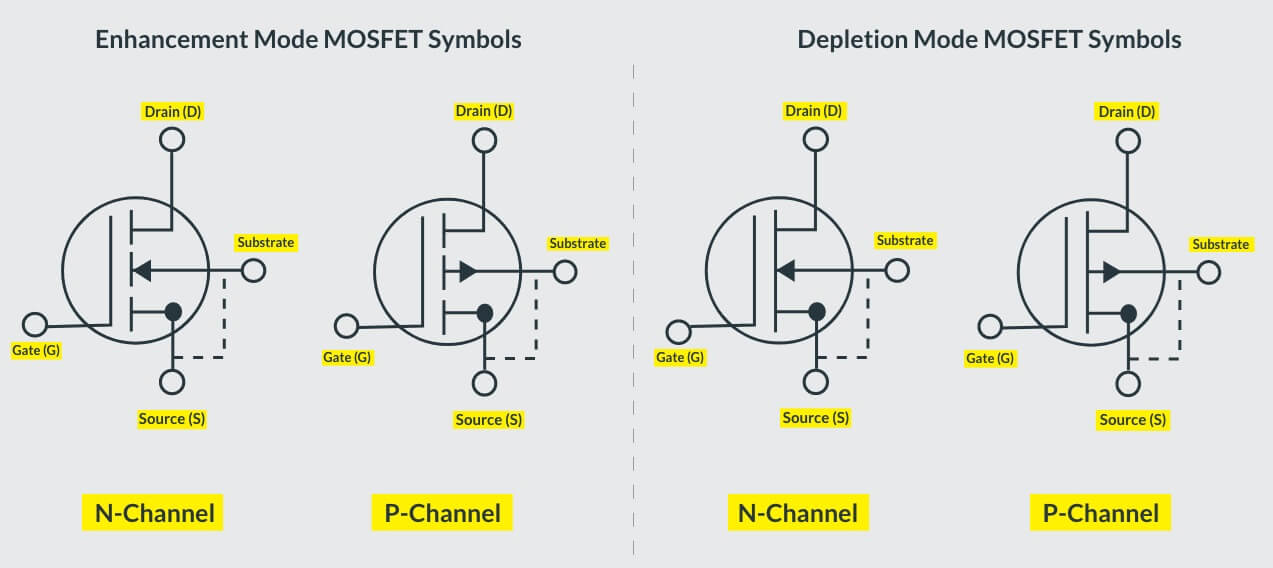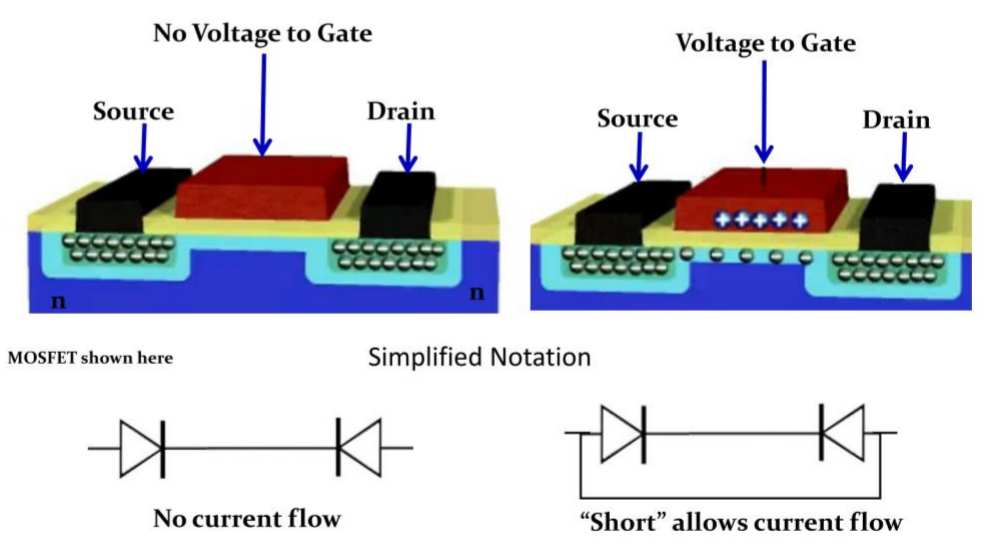Alright, let’s talk about FETs and MOSFETs. I get asked about this sometimes, like what’s the actual deal when you’re just trying to build something.

My Bench Experience
So, picture this: I was working on a simple little power switching circuit a while back. Nothing fancy, just needed to turn a small load on and off with a signal from a microcontroller. I had a bunch of parts lying around, including some old-school JFETs (Junction Field-Effect Transistors) and a bag of more modern MOSFETs (Metal-Oxide-Semiconductor Field-Effect Transistors).
First Try: The JFET
I grabbed a JFET first. Seemed simple enough on paper. Hooked it up according to the datasheet. The idea is you use voltage on the gate to control the current flow between the drain and source, right? Well, yeah, it worked. Kinda. But getting it to switch cleanly felt fiddly. It felt like there was always a bit of leakage, or the control wasn’t super sharp. Like trying to close a leaky faucet all the way.
- Needed careful biasing. Getting the gate voltage just right took some tweaking.
- The control felt… mushy? Not a crisp on/off sometimes.
- It seemed more sensitive to the input signal characteristics than I wanted for a simple switch.
It did the job, eventually, but it wasn’t plug-and-play simple for what I needed right then.
Second Try: The MOSFET

Got a bit annoyed with the JFET tweaking. So, I pulled out a standard N-channel MOSFET. The big difference you feel right away is that gate. It’s insulated. Completely separate electrically from the channel (the drain-source path).
Hooked this one up. Applied voltage to the gate. Bam! Switched on nice and clean. Removed the gate voltage (pulled it low). Click! Switched off. It felt much more like a proper switch.
- Way easier to drive: That insulated gate means almost zero gate current is needed, just voltage. Microcontrollers love this. They can drive the gate directly most times without needing much current.
- Sharper switching: Felt much more decisive. On is on, off is off. Less gray area for basic switching tasks.
- Handling power: Generally, the MOSFETs I had could handle more current and power compared to the JFETs in my parts bin.
Now, MOSFETs aren’t perfect. You gotta be careful with static electricity. That thin insulating layer on the gate is delicate. Zap it with static from your fingers, and poof, it’s dead. I’ve learned that the hard way a few times. So, you handle them carefully until they’re soldered in.
So, What’s the Takeaway?
For me, working on my own projects, it boils down to this:
When I need a simple, robust switch, especially driven by digital logic like an Arduino or Raspberry Pi, I almost always reach for a MOSFET now. They just feel easier to control for on/off applications. The voltage control and low gate current make life simpler.

JFETs? They have their place, absolutely. Sometimes in specific amplifier stages or analog circuits where their particular characteristics are useful. But for general-purpose switching, my hands-on experience just pushes me towards MOSFETs most of the time because they feel more straightforward to implement on the breadboard and get working quickly.
It’s just about picking the right tool for the job based on what you actually feel when you’re putting the circuit together and testing it. MOSFETs usually give me less hassle for basic switching.

